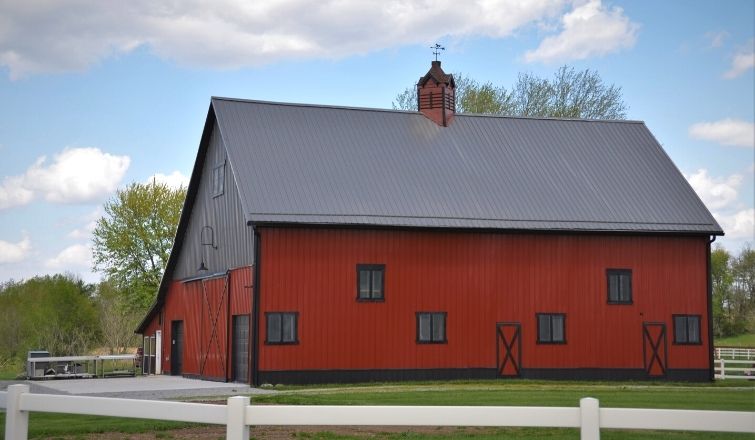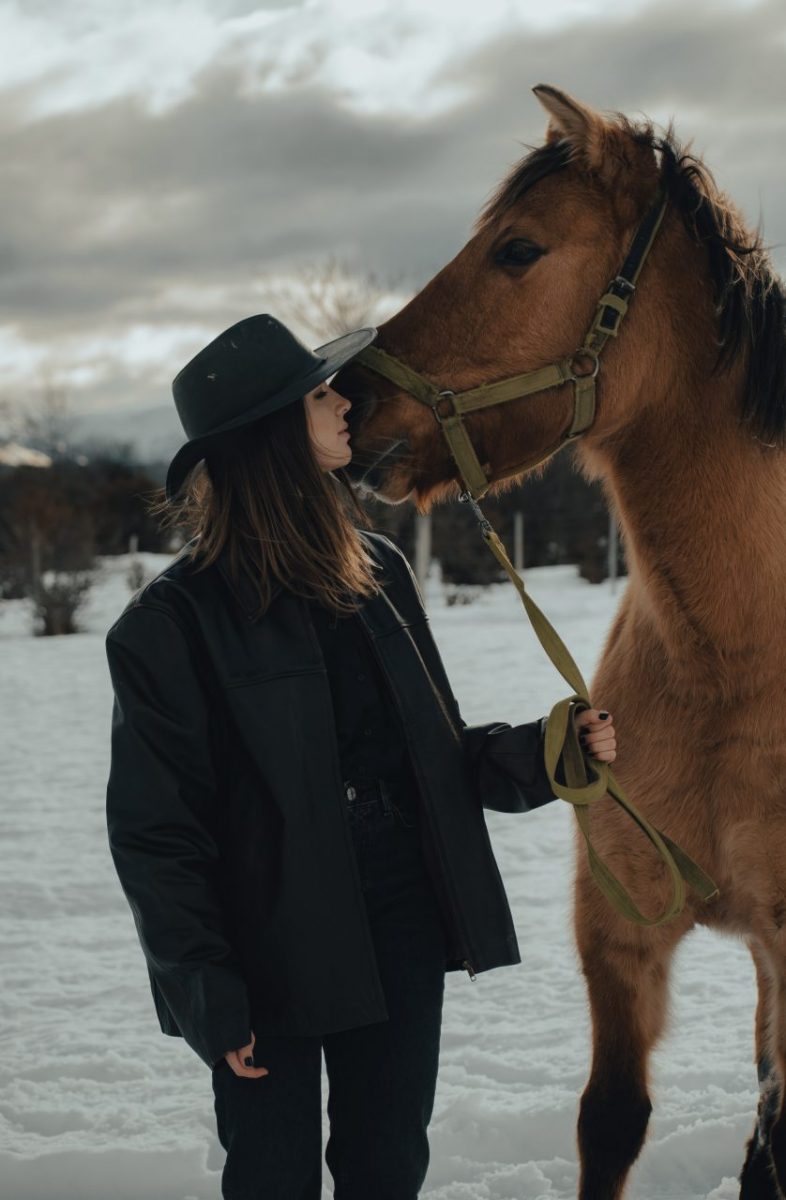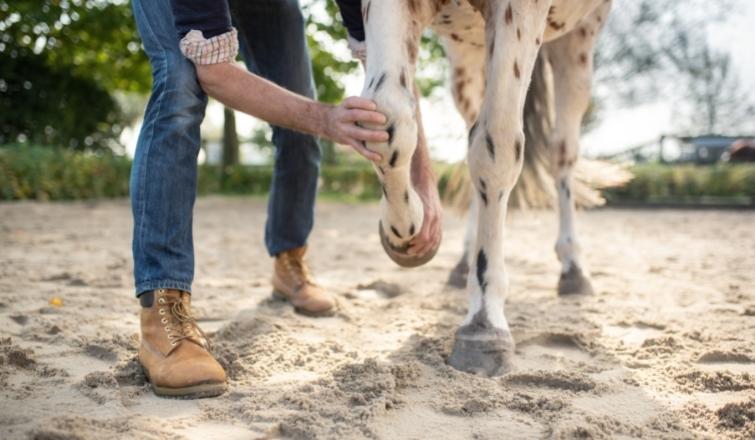
Preventing Mud Around the Farm
Muddy pastures, paddocks, and walkways can make things difficult around the farm and can be a health hazard for both horses and humans. As we head into fall and winter, it’s likely that you’ll be battling with a few muddy spots on your property. Here’s some tips for keeping things as dry as possible and preventing mud around the farm.
Pasture Rotation
Practicing pasture rotation helps not only ensures the quality and health of the grass but helps prevent mud as well.
Divide your pastures up and label them. Allow each pasture to be used for no longer than seven days, then rotate grazing to the next pasture. Each pasture should receive 2-3 weeks of “rest” after it has been used and before it can be used again; this allows the grass to “breathe” and helps ensure that there is no over-grazing, which can lead to mud-prone areas.
When possible, avoid turning out in exceptionally wet conditions; foot traffic on wet ground is usually a recipe for disaster.
Water Runoff
Ensuring that rainwater is properly directed can play a large role in preventing mud around your stables.
Below are some steps you can take for water runoff management:
- Install and maintain a gutter system on all buildings (water can be stored in barrels or cisterns and used for watering paddocks or for irrigation)
- Plant rain gardens
High Traffic Areas
High traffic areas like gateways, dry lots, and laneways all tend to become a jumbled and muddy mess when inclement weather rolls around.
You can also install high traffic pads to provide an even and solid footing in these areas, or you can also consider spreading wood chips, crushed gravel, or slag. This will help ensure that the ground is not able to break up and become a muddy mess once it becomes wet.
Why Prevent Mud on the Farm?
Muddy areas can make even the simplest of chores or tasks around the stables extremely tiresome and messy; muddy areas can become extremely slippery or sticky, which can cause slipping or even losing a boot.
Aside from being a messy nuisance, mud can pose serious risks to both the humans and the horses on your property.
Extended exposure to dampness can cause the hoof to develop infections, white line disease, abscesses, or thrush – a serious bacterial infection that can lead to lameness and confirmation issues. Horses may also become more prone to hoof bruising.
Another issue that commonly arises in exceptionally muddy or damp conditions is scratches, a condition that affects the lower limbs – particularly the pastern area. Scratches can also commonly be referred to as greasy heel, dew poisoning, pastern dermatitis, and cracked heels. This condition occurs when bacteria or fungi invade small breaks in the skin, and is quite common in draft horses with feathered lower legs, though it can affect all types of horses.
Maintaining a clean and dry environment around your property is essential for protecting the well-being of the horses and humans alike.
For more informative equestrian blog posts, check out our blog.
For more information about Stablebuzz stable management software, click here.



